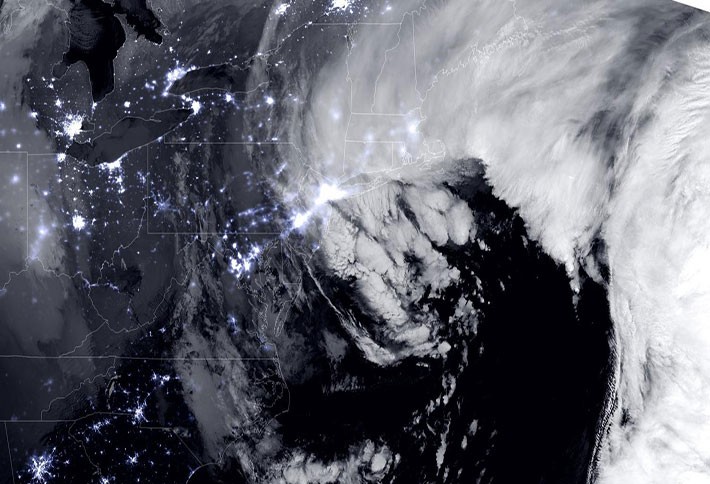What the 2015 Artic Blast Is Costing the Economy

The East Coast and parts of the Midwest have been inundated this year with snow, cold and, in particular, hyperventilating news reports about the cold and snow. No surprise then that the suffering inflicted on New England and, to lesser extents, New York and Chicago are expected to shave off 0.4% from the country's GDP growth in the first quarter.
But a collective memory loss clouds the fact that last winter's polar vortex was, on a national level, far more brutal than 2015's chills. Indeed, a nasty wintry mix dealt 1Q14's economic growth a 1.4% blow. Still the suffering is real for some, especially up in Boston, which with a dusting yesterday officially claimed its second snowiest winter on record...with more likely to come.
Here's how some cold weather cities—and bad news industries−have fared during the storms:
BOSTON
Snow total through February 17: 95.7 inches
Allotted annual snow removal budget: $18M
Cost of Boston snow removal through February 18: $35M
Silver linings: Massachusetts Governor Charlie Baker officially extended Valentine's Day to Valentine's Week in a bid to help retailers walloped by the snowbanks.
Estimated statewide cost of a one-day shutdown: $265M
Estimated total statewide business losses: $1B
NEW YORK
Total snowfall through February 17: 56.6 inches
All time winter snowfall ranking: Fifth, after 1873, 1948, 1996 and 2011
Business lost during citywide Juno shutdown: $200M
NORTHEAST REGION
Economic damages during Winter Storm Juno: $1.25B
Estimated damages if Juno had followed projected NYC-centric path: $16B
INSURERS
Average annual insured losses caused by US winter storms between 1994 and 2013: $1B
Insured losses caused by US winter storms in 2013: $1.9B
Insured losses caused by US winter storms in 2014: $2.3B
